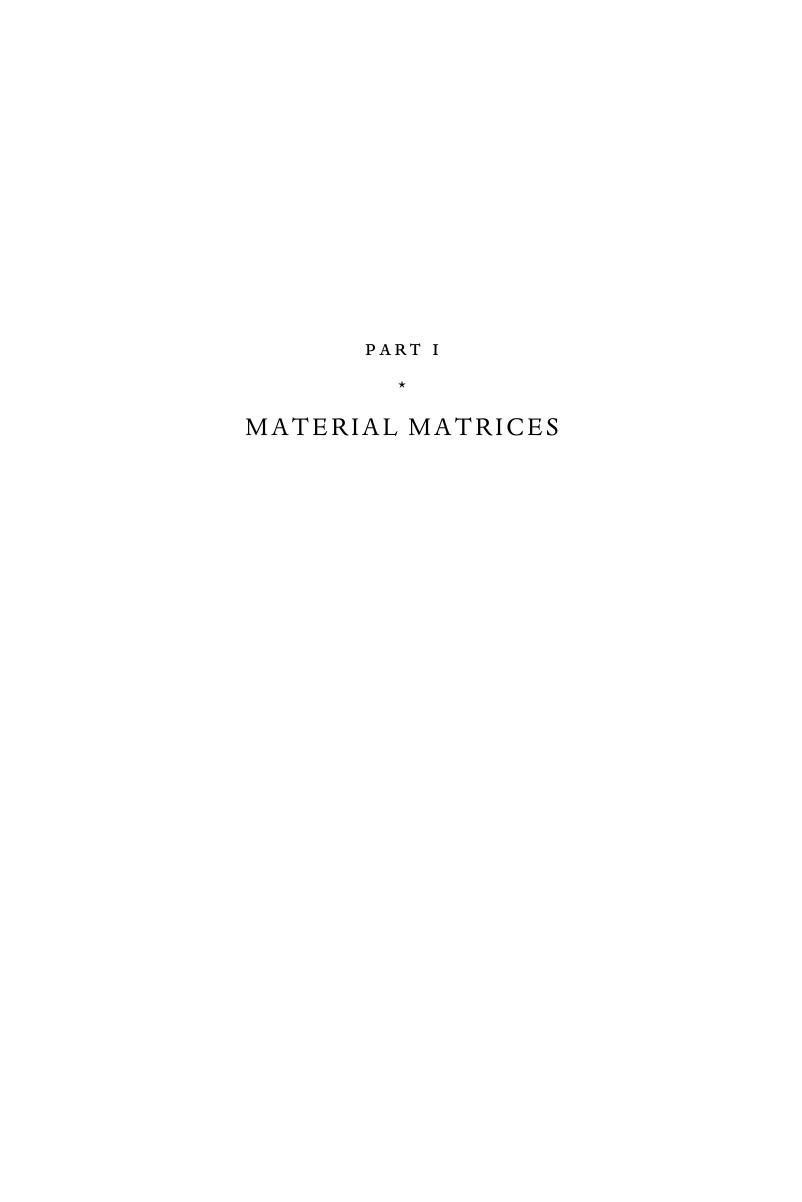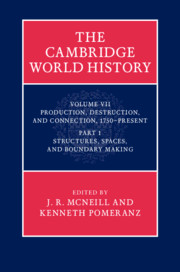Book contents
- The Cambridge World HistoryVolume VII
- The Cambridge World History
- Production, Destruction, and Connection, 1750–Present
- Copyright page
- Contents
- Figures
- Maps
- Tables
- Contributors
- Preface
- 1 Production, destruction, and connection, 1750–present: introduction
- Part I Material matrices
- Part II Population and disease
- Part III Politics
- Part IV World regions
- Index
- References
Part I - Material matrices
Published online by Cambridge University Press: 05 May 2015
- The Cambridge World HistoryVolume VII
- The Cambridge World History
- Production, Destruction, and Connection, 1750–Present
- Copyright page
- Contents
- Figures
- Maps
- Tables
- Contributors
- Preface
- 1 Production, destruction, and connection, 1750–present: introduction
- Part I Material matrices
- Part II Population and disease
- Part III Politics
- Part IV World regions
- Index
- References
Summary

- Type
- Chapter
- Information
- The Cambridge World History , pp. 49 - 184Publisher: Cambridge University PressPrint publication year: 2015
References
Further reading
Useful websites for quantitative data on energy, population, and environment include:
BP Statistical Review of World Energy at: www.bp.com/content/dam/bp/pdf/Energy-economics/statistical-review-2014/BP-statistical-review-of-world-energy-2014-full-report.pdf.
UN Population Division: www.un.org/en/development/desa/population/.
HYDE (History Database of the Global Environment) maintained by the Netherlands Environmental Assessment Agency: themasites.pbl.nl/tridion/en/themasites/hyde/.

